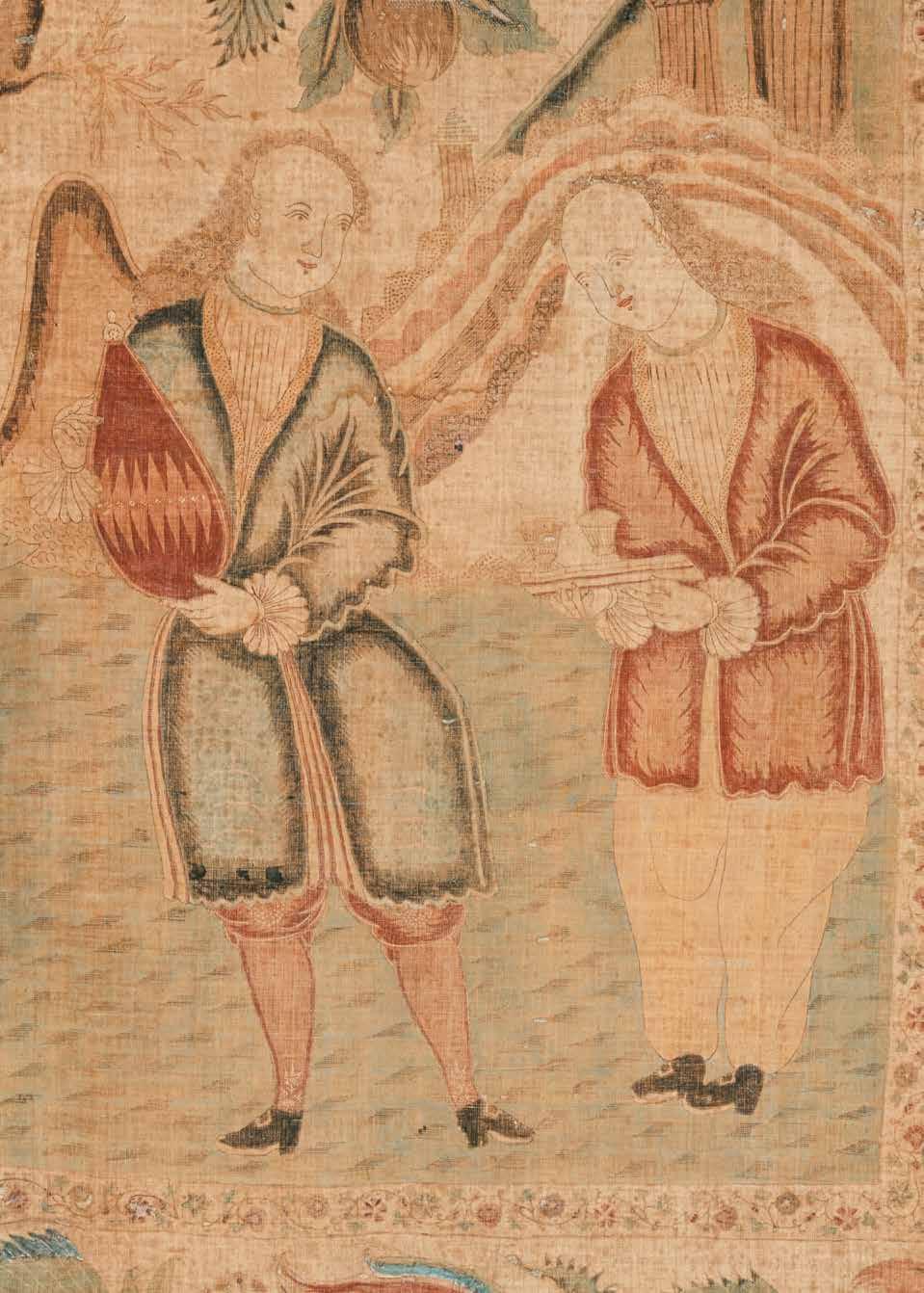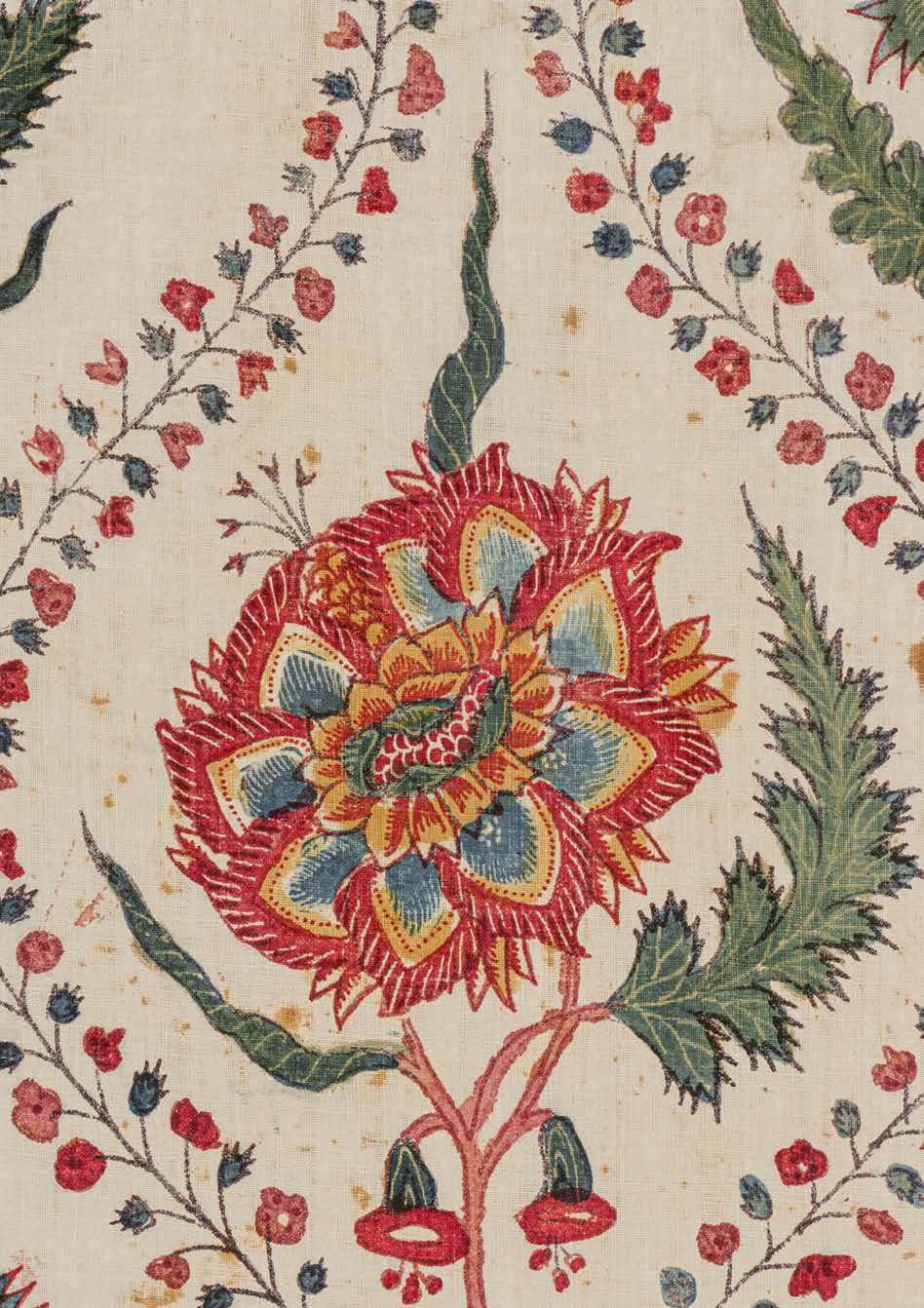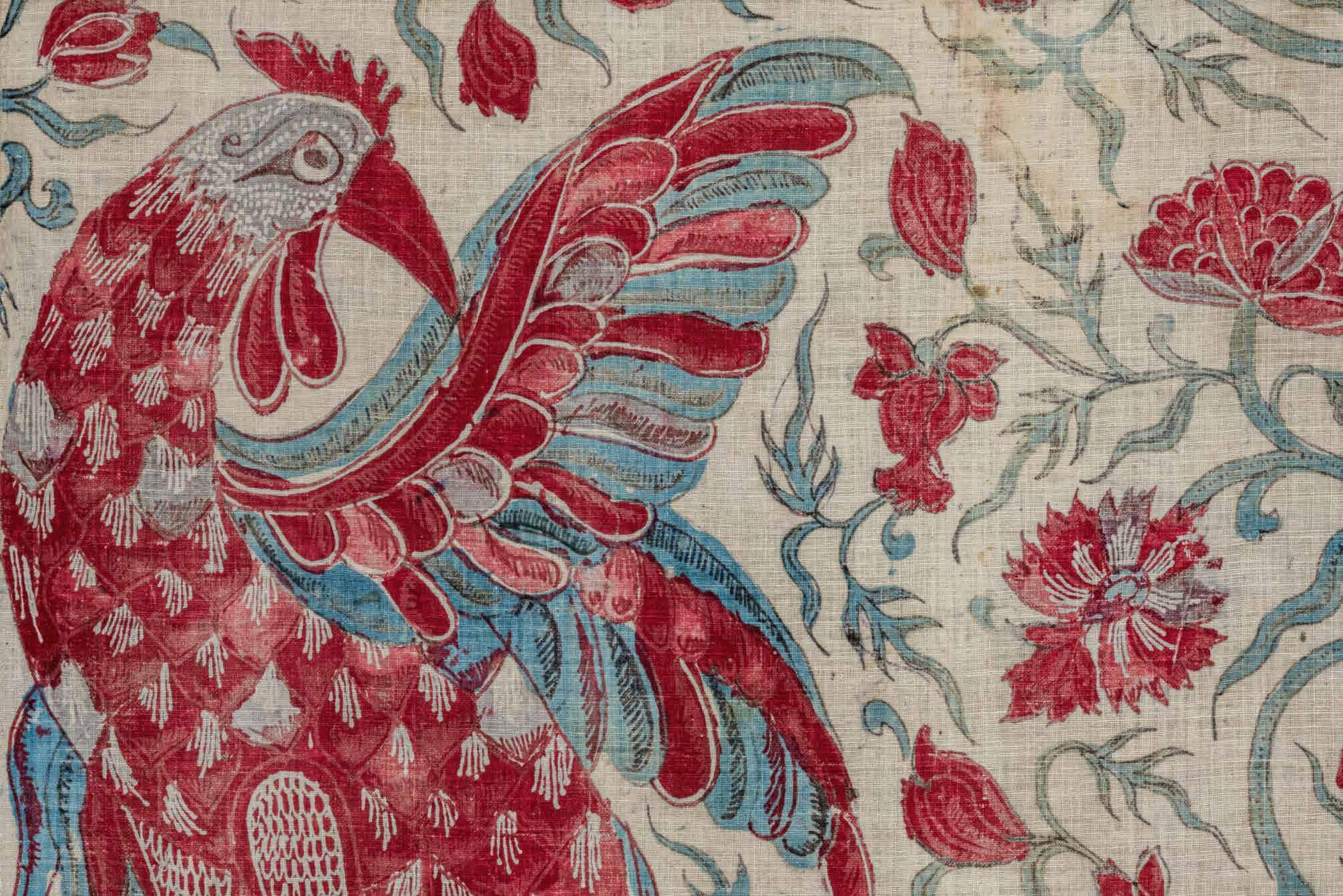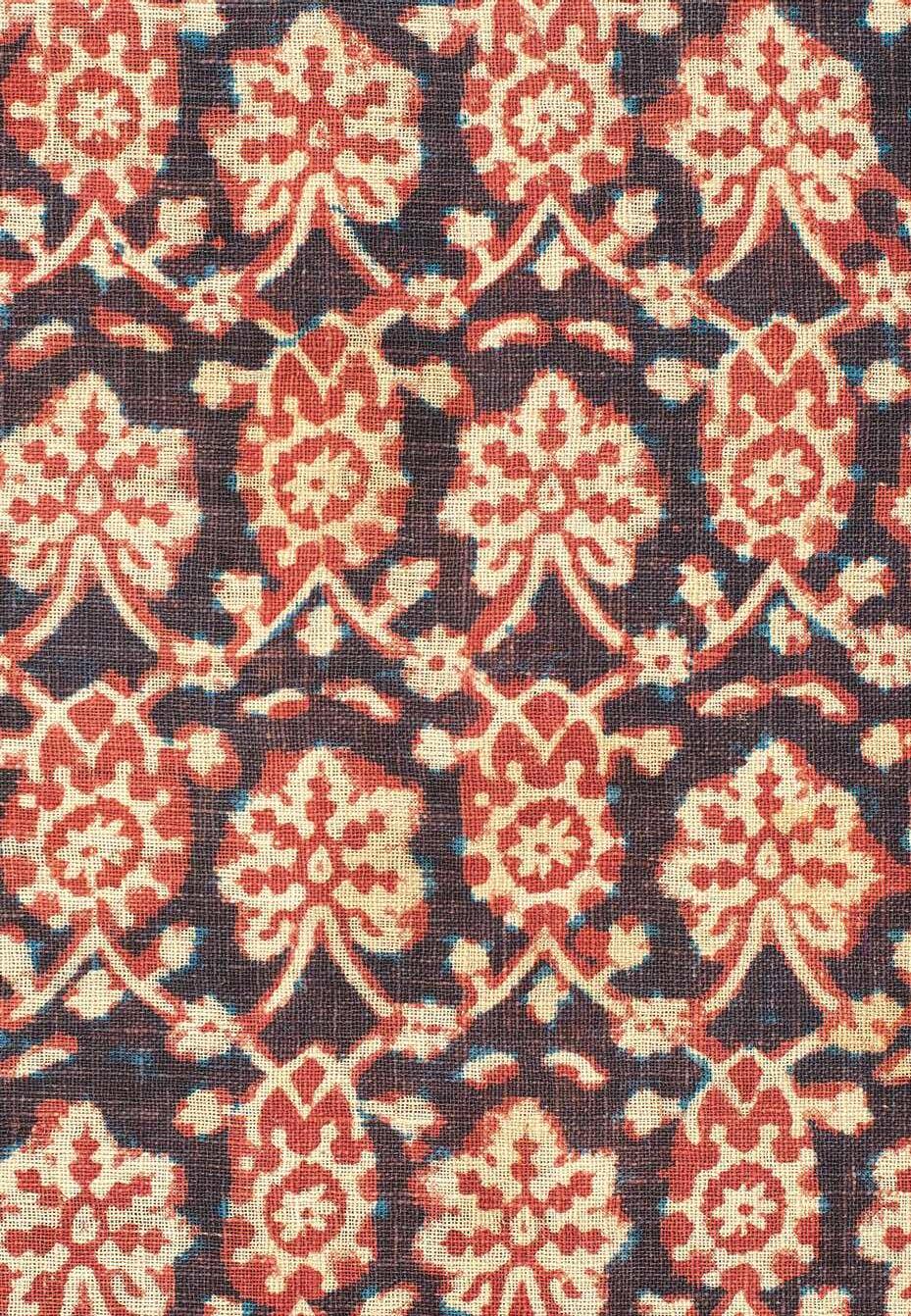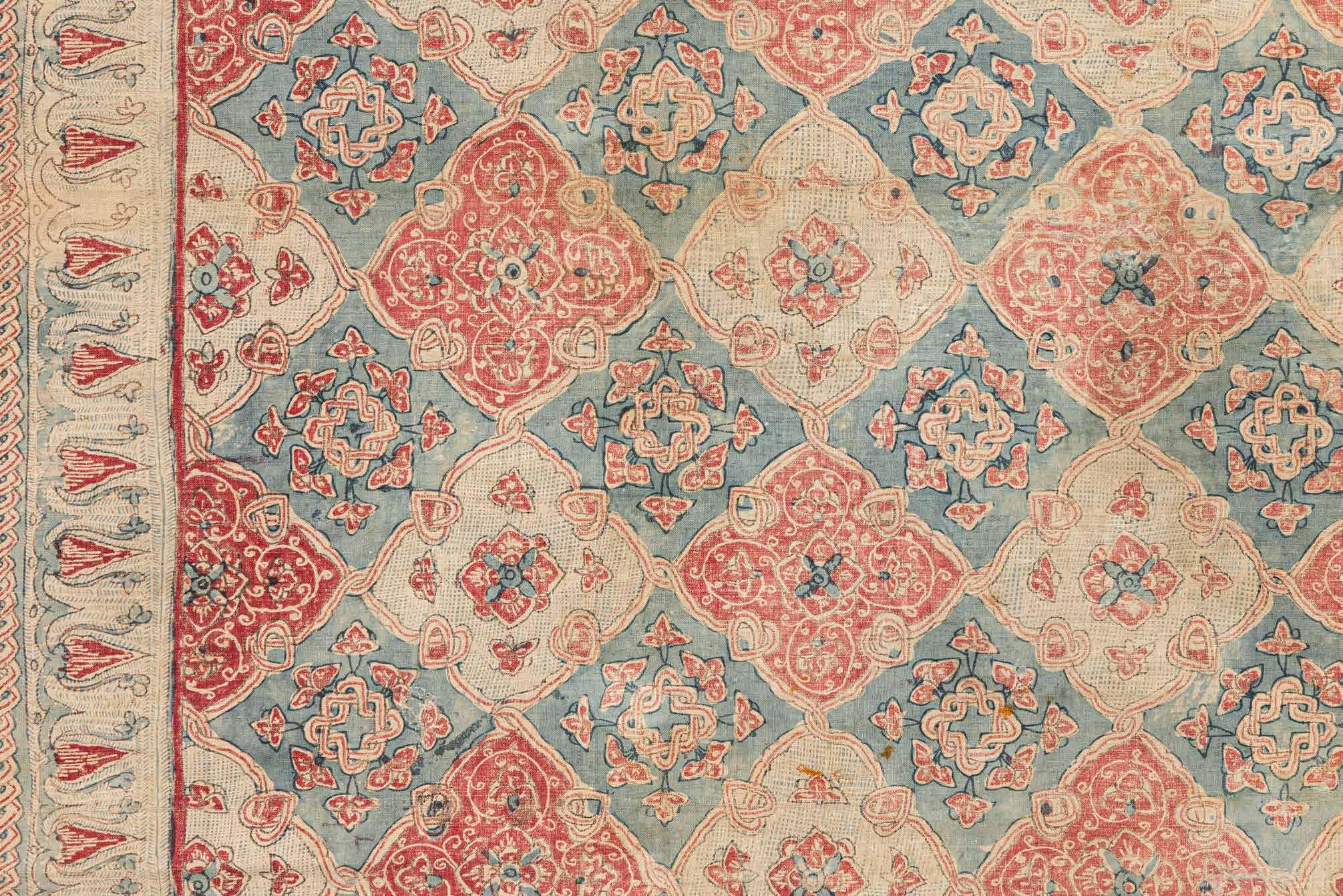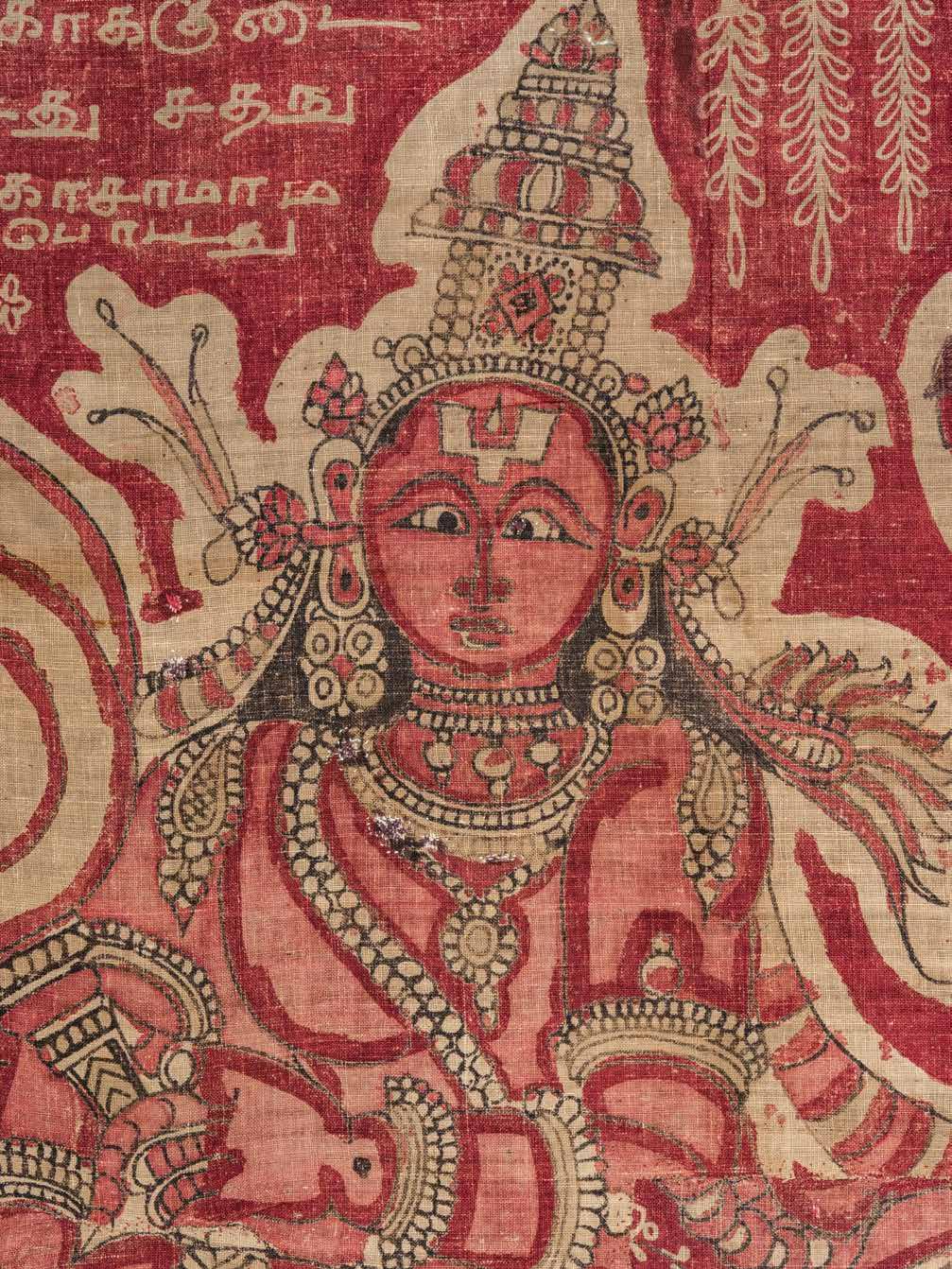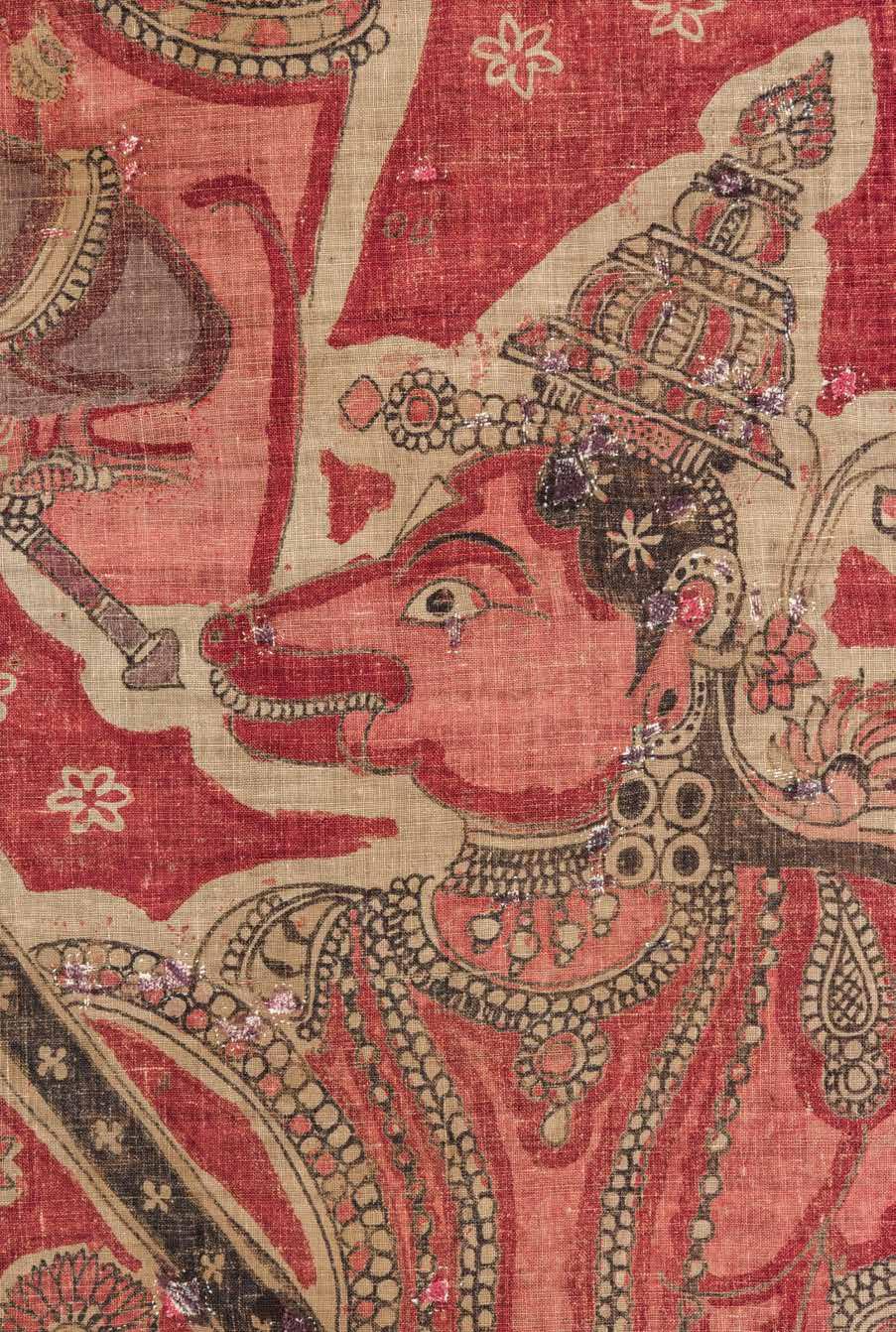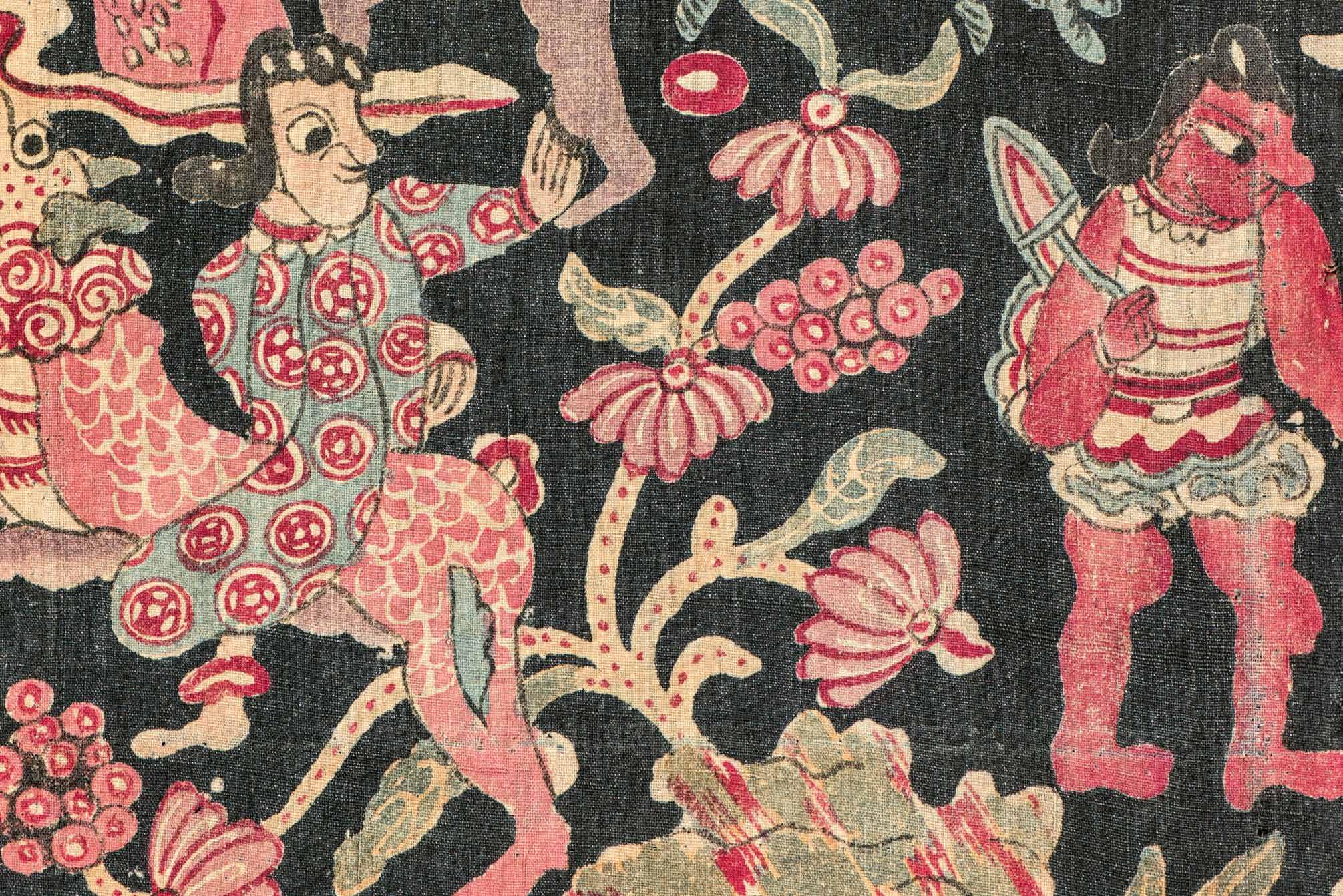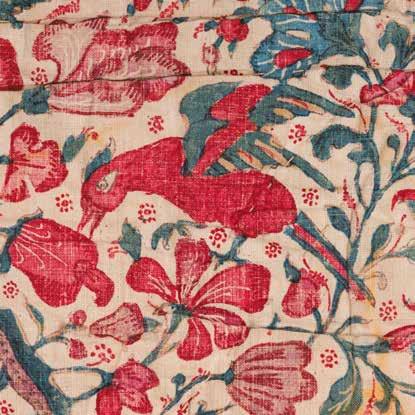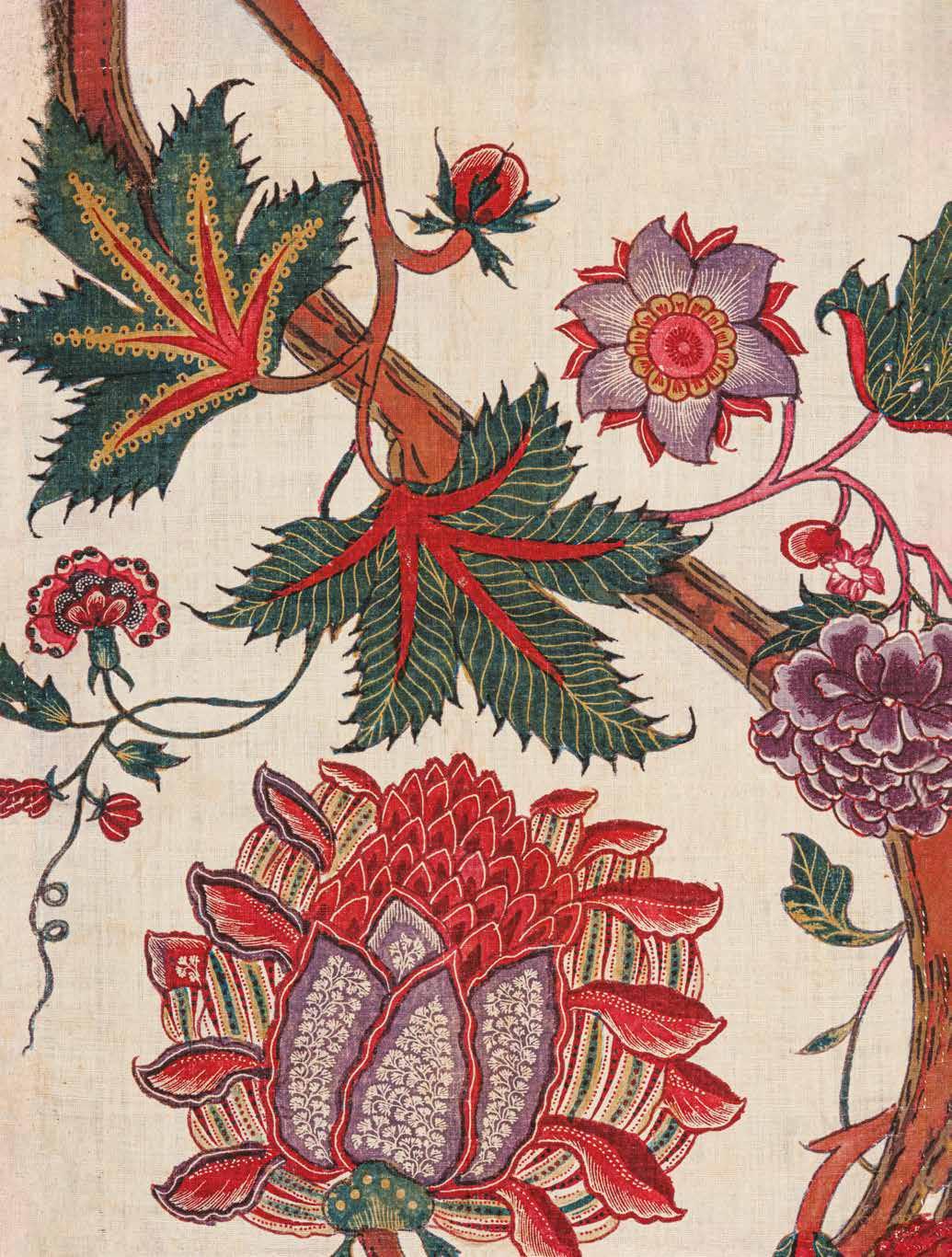
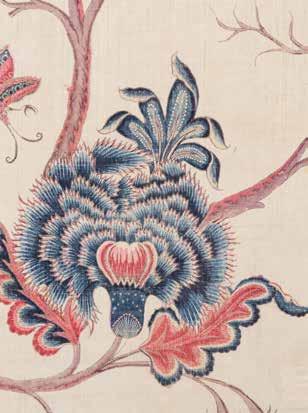


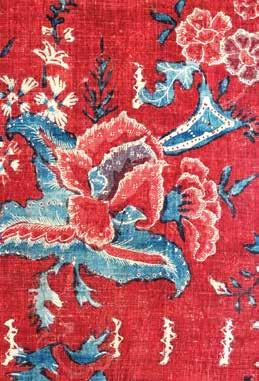
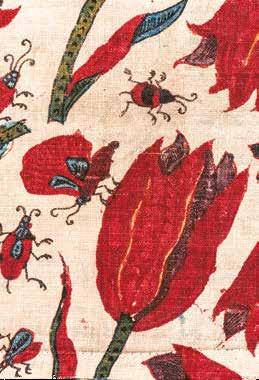









I’ve been a collector since my childhood, and textiles have always been part of my collecting journey. However, it wasn’t until the 1990s that I started collecting chintz. I wanted this book to record that journey and showcase the complete collection. In that respect, I had a particular vision of how I wanted the publication to look and be organised.
Perhaps it is worth addressing the timing of this book. It coincides with the start of a series of touring exhibitions at five museums in Japan until autumn 2027, featuring parts of my chintz collection. It will return to the Victoria and Albert Museum (V&A) to be on view from September 2027. For these reasons, this collection – above my many other collections – has been at the forefront of my own research interests for the past few years. This focus has not only allowed me to expand the collection with a number of important additions, but it has also introduced me to a new cohort of researchers and curators. They are studying Indian cottons in excitingly different ways, providing a refreshing perspective on this seemingly oldfashioned fabric through the lens of trade, colonialism, race and even gender.
This is an invigorating context in which to share my collection, and it informs my approach to the book. I wanted to focus on the hand of anonymous Indian artists who created these textiles, combining great technical skill with artistic virtuosity. Through this concentration on the detail as well as the overall compositions, I hope readers will be able to share my appreciation for the people who may be said to have developed the world’s first global product.
At the same time, I wanted to invite the world’s leading specialists on the subject – both those new to the field and established authorities – to highlight key pieces in the collection through short contributions, providing emphasis and context for readers, and offering brief insights into areas of new research. Rather than being arranged chronologically, the book begins with material made for the European market. Thus we bring to the foreground newer additions to my collection that feature in my own investigations and others’ research, and which are opening new perspectives on these textiles.
I am grateful that my chintz acquisitions have been connected with London’s Victoria and Albert Museum for many years; parts of my collection were on view at the museum from 2004–2010. I am pleased that this continued association is echoed in the book with a contribution from Avalon Fotheringham (curator of South Asian textiles and dress), who explains the complex process undertaken to create palampores, followed by an essay by Rosemary Crill (retired senior curator for South Asia) on three unusual sets of appliqué bed-hangings. Ariane Fennetaux from Université Paris Cité discusses the appeal and importance of Indian chintz in furnishing
3.4 cat. 182 Narrative hanging (detail), 18th century



